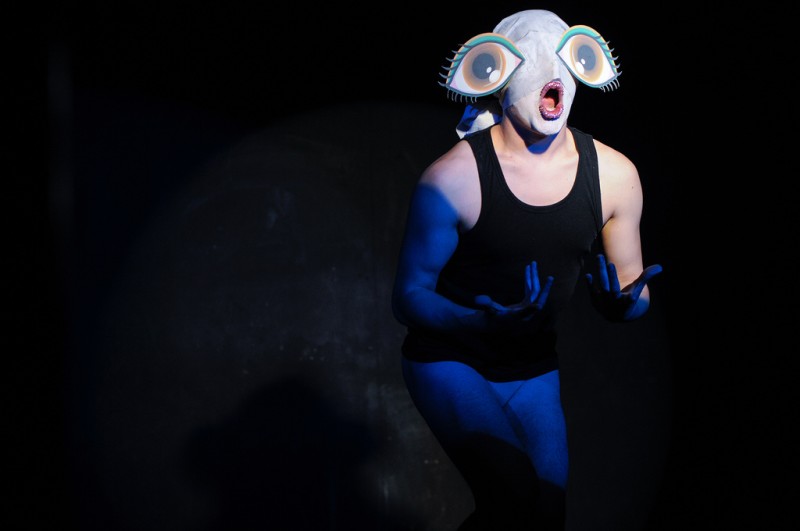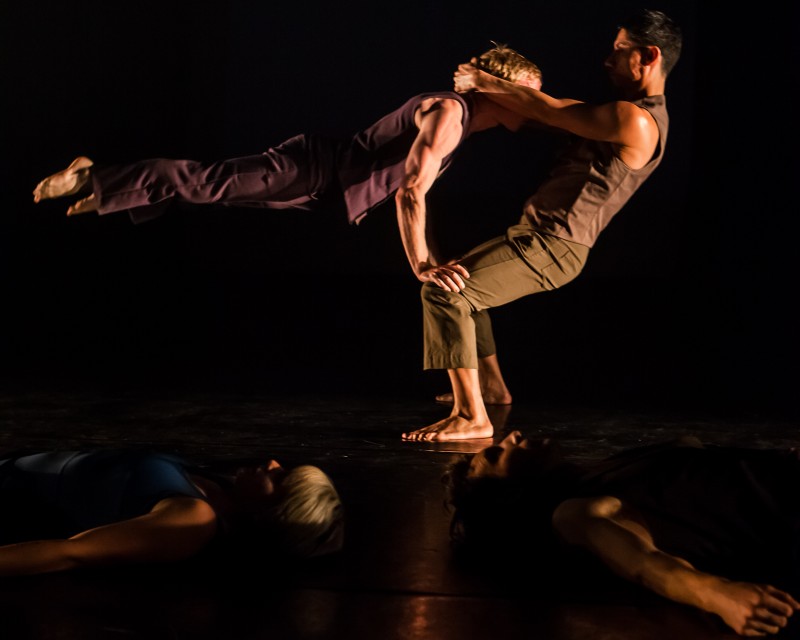As an FDE5 inhibitor, generic Levitra blocks the production of the enzyme phosphodiesterase type 5, which is the cause of erectile dysfunction.
Erection is caused by cyclic guanosine monophosphate, which is responsible for blood flow to the penis. GMP is produced by the release of nitric oxide by local tissues during erotic stimulation.
In erectile dysfunction, the transmission of signals between the brain and the sexual organ is disrupted, insufficient nitric oxide is secreted, and the enzyme PDE5 rapidly breaks down the substances secreted by nitric oxide. Levitra blocks PDE5, which ensures relaxation of the smooth muscles of the penis, improves blood flow to the pelvic organs and causes an erection.
| Drug Name: | Levitra ( Brand Levitra, Extra Super Levitra, Levitra Extra Dosage, Levitra Jelly) |
| Active Ingredient: | Vardenafil |
| Tablet Strength: | 10mg, 20mg. |
| Available Packages: | 10 pills, 20 pills, 30 pills, 60 pills, 90 pills, 120 pills, 180 pills, 270 pills. |
| Best Price Per Pill: | $1.00 |
| Bestseller: | 270 pills x 10 mg at $360.22 + Bonus |
| Payment: | VISA, MasterCard, Bitcoin — Cryptocurrency, American Express |
| Shipping: | EMS (3-9 business days), Mail (14-21 days), Worldwide 1-3 weeks |
| Prescription: | Without Prescription |
| Where to Order: | Click Here to Visit Pharmacy! |
Dosage Levitra
The usual single dose of generic Levitra is 10 milligrams. If necessary, the dose can be increased to 20 milligrams or reduced to 5 milligrams. The doctor prescribes the amount per dose, depending on its effectiveness and the occurrence of side effects. The maximum daily dose is 20 milligrams. There are restrictions on taking the drug for patients in certain groups:
- Men over 65 years of age are prescribed no more than 5 milligrams of the drug per day;
- a dose of no more than 10 milligrams is indicated for persons with moderate hepatic impairment;
- The product is contraindicated in patients with severe hepatic impairment and those on renal dialysis.
It is urgent to seek medical help if an overdose of Vardenafil has caused these symptoms:
- priapism (prolonged, painful erection lasting more than four hours);
- difficulty breathing;
- loss of consciousness;
- pain in the back and muscles;
- loss of vision or hearing.
Side effects Levitra
The most common side effects of generic Levitra are:
- headaches;
- a stuffy and runny nose;
- GI distress;
- facial redness.
More serious side effects occur much less frequently and are most often caused by overdose. In case of adverse symptoms, stop taking the drug and consult your doctor. A specialist will discontinue Levitra or adjust the dosage.
How do I choose the right dosage?
Vardenafil preparations come in different forms and each has its own dosage.
Classic tablets have a first recommended dose of 5-10 mg and a maximum of 20 mg.
The gel has a recommended dose of 10 mg and a maximum of 20 mg.
Capsules or pills have a recommended dose of 20 mg and are both the maximum daily dose.


